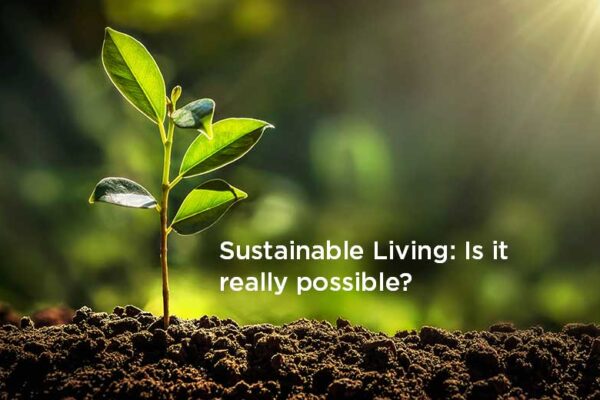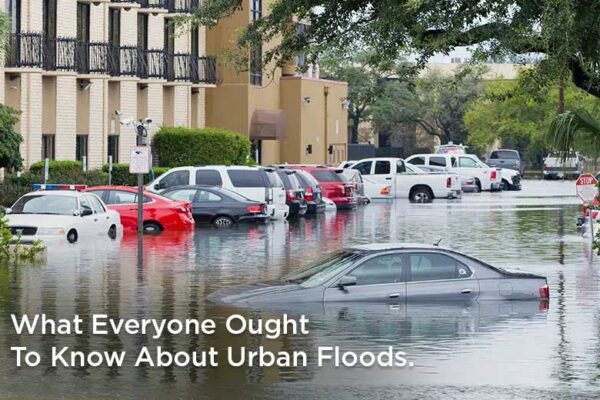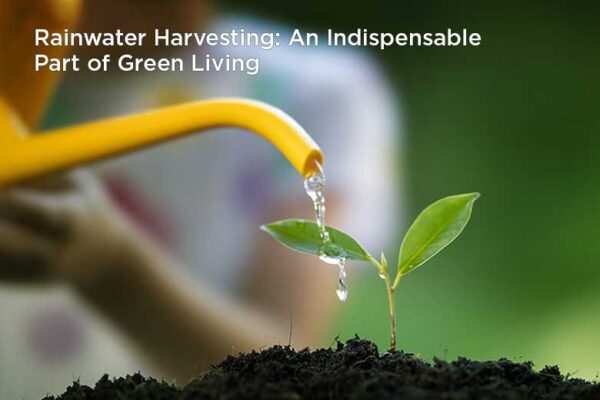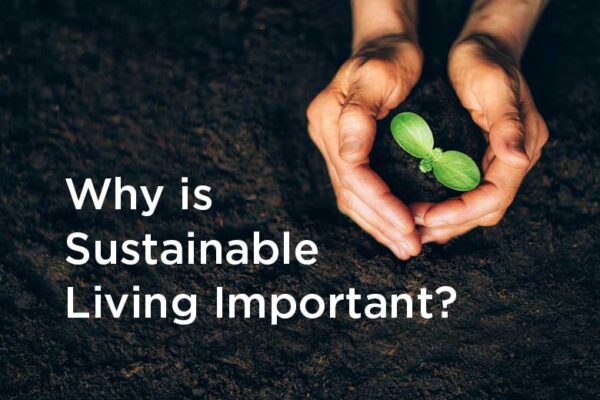5 Ways to Reduce Your Carbon Footprint
The entire amount of greenhouse gases released into the atmosphere as a result of all human activity is known as a person’s carbon footprint. When fossil fuels are burned, the land is cleared, and products like food, manufactured goods, materials, wood, roads, buildings, transportation, and other services are produced and consumed, greenhouse gases, such as the carbon-containing gases carbon dioxide and methane, can be released into the atmosphere. You can contribute to the general drop in greenhouse gas emissions by reducing your carbon footprint. Everyone’s small shifts in the battle against climate change can have a tremendous impact. Here are 5 ways you can reduce your carbon footprint.
Sustainable energy
Each of us can only do so much to lessen our harmful influence on the environment, despite our best efforts. Wind and solar energy, which emit no carbon emissions that might harm the climate or contribute to global warming, are the energy sources of the future for domestic use. It eliminates the need for fossil fuels, which are directly contributing to climate change and contaminating our planet. The most dependable source of energy is sustainable energy. It also aids in protecting the environment by lowering pollution caused by non-sustainable energy sources and conserving the planet’s natural resources. You may reduce the environmental affect you and your family have on the earth and remove your reliance on fossil fuels by simply changing the energy source in your house.
Water Conservation.
The supply of drinking water takes energy, which produces greenhouse gases that have negative effects on the environment. To extract, purify, and supply high-quality drinking water, modern water utilities need to use a large amount of energy. A carbon footprint is left behind by every unit of water. If using water results in such environmental costs, then refraining from using it is one approach to do so. So, by conserving water, we minimise not just our water usage but also our energy use and emissions.
Here are a few ideas to help you save water.
- Installing flow-restrictive showerheads will help you save water when you take showers.
- Instead of showering, taking a bucket bath will help you save water.
- While shaving or brushing your teeth, turning off the faucet will help you save water.
- Repair any leaky faucets and pipes as soon as possible in your houses to help save water.
Zero Waste Living
The zero-waste way of living is an environmentally sustainable way of life that tries to lessen how much rubbish each person produces each day. The major objective of this way of living is the commitment to sending as little waste to landfills as possible. The three R’s will help you to lower your carbon footprint.
• Reduce – The waste hierarchy is predicated on the idea of minimising production and consumption. It makes sense logically since there will be less waste to recycle or reuse if there is less garbage. We can perform this fundamental process when using water, energy, gas, or plastics.
• Reuse – Reusing something is putting it to use more than once, whether it’s for the same or a different reason. This is the time when we give objects a “second life,” such as repurposing glass food jars into pen holders or old clothing as dust cloths. Reusing also includes fixing things, selling them, or giving them to charities or community organisations!
• Recycle – If waste products cannot be reused, recycling is a means to handle them after they have been produced. When recycled garbage is processed effectively, gases and harmful waste are reduced while also producing new goods. To recycle garbage effectively, it is necessary to classify waste into several categories based on the materials.
Alternative Transportation
One of the best methods to lessen your carbon impact is by opting for alternative transportation. Traditional automobiles produce a significant amount of exhaust, which contaminates the atmosphere. The chemicals that automobiles release are also exceedingly harmful to people’s health. Make it a goal to bike more and reduce your driving. Riding a bike encourages you to rely on your muscle strength. You’ll work out while also supporting the environment. Additionally, producing a bike uses a lot less energy than producing a car. Use public transit if you can’t bike to work for whatever reason. Fewer vehicles on the road mean fewer emissions polluting the air all at once. Anywhere you go, take public transit to help the environment.
Reconsider your Fashion Decisions
Currently, there is a significant amount of waste and pollution produced by the design, production, and use of clothing. According to the U.N., the “fast fashion” business alone is responsible for 10% of the world’s greenhouse gas emissions. Each year, more than 70 million trees are chopped to make less expensive fabrics like rayon, viscose, modal, and lyocell. Not to mention the toxic colouring dyes, pesticides used on cotton crops, and plastic microfibers that pollute the water. Simply changing the way you think about clothing purchases can help you cut down on waste, pollution, and your carbon footprint. You may dramatically reduce your carbon footprint by avoiding fast fashion, buying ecologically friendly clothing, or even better, buying or sourcing used clothing.
Embrace happy, nature living with authentic farmhouse experience being crafted at Green Panther Properties One. Experience nature in all its glory by choosing to live in bespoke, eco-luxurious nature villas away from the stresses of chaotic city life.
If you are looking for a sustainable, authentic farm house living experience that supports your green living goals, visit www.greenpanther.in






















